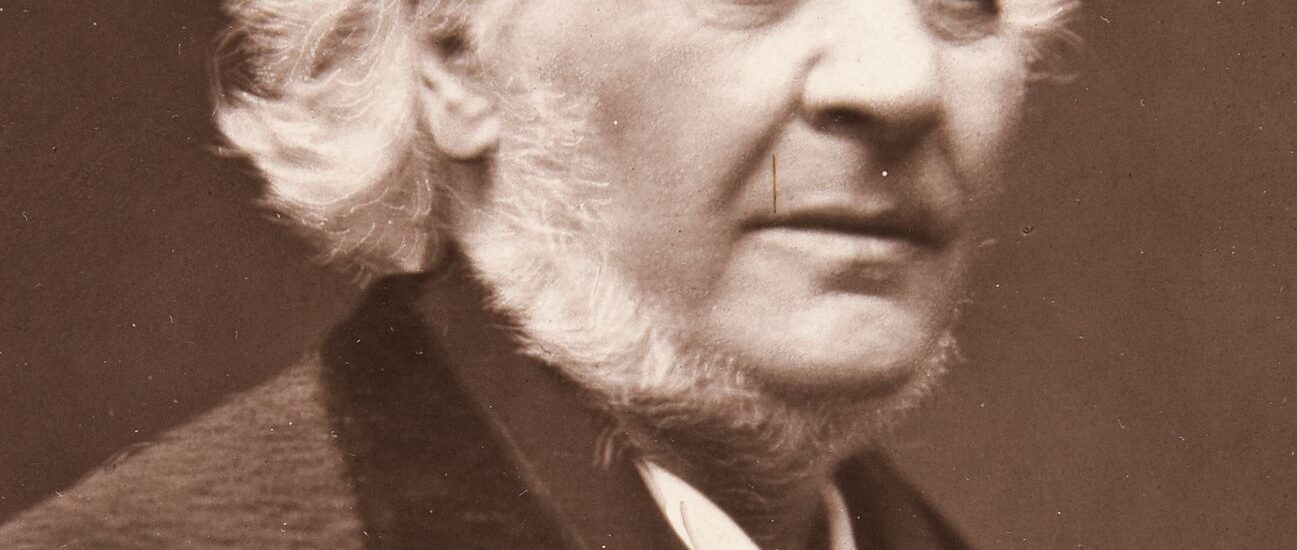Welcome to the fascinating world of Honoré Daumier, a pivotal figure in 19th-century French art and satire. Born in Marseille on February 26, 1808, Daumier’s life was marked by artistic brilliance and sharp social commentary. His journey began in a family of modest artists, with a father who dreamt of poetry and a mother from a lineage of artisan glaziers. Daumier was drawn to the vibrant world of art and satire from a young age.
As a young man, Daumier moved to Paris, a bustling hub of culture and politics, where he immersed himself in the dynamic life of the city. Paris was a city of contrasts, where the opulence of the aristocracy clashed with the struggles of the working class. Daumier captured this tension through his art, using humor and wit to critique the political and social issues of his time.
Daumier’s satire did not come without risk. In 1832, he was imprisoned for six months after publishing a caricature of King Louis-Philippe depicted as Gargantua, a giant devouring the wealth of France. This boldness defined Daumier’s career, as he continued to produce cartoons and lithographs that held a mirror to society.
Beyond caricatures, Daumier’s paintings offered a poignant look at the human condition. Works like ‘The Third-Class Carriage’ depicted the quiet dignity of ordinary people, capturing the essence of Realism. Although his paintings were underappreciated in his lifetime, they would later influence the Impressionist movement.
Daumier lived through significant historical events, including the July Revolution of 1830 and the rise and fall of the Second French Empire. His work provides a vivid commentary on these turbulent times, making him a critical voice in the cultural history of France.
In his later years, Daumier faced financial difficulties and declining health. He moved to Valmondois, where he continued to create art until his death on February 11, 1879. Today, Daumier is celebrated as a master of satire and a pioneering force in the transition to modern art.






